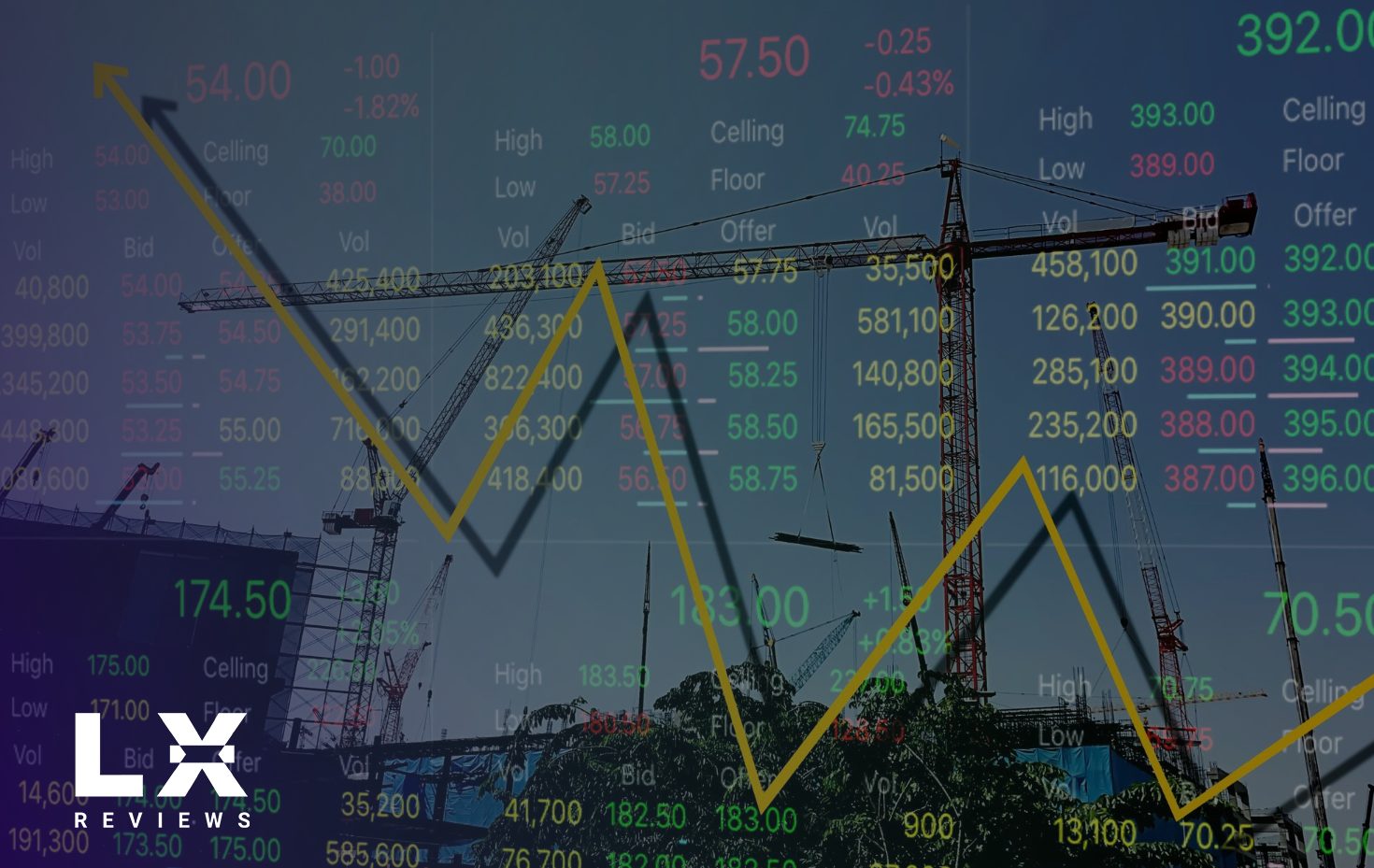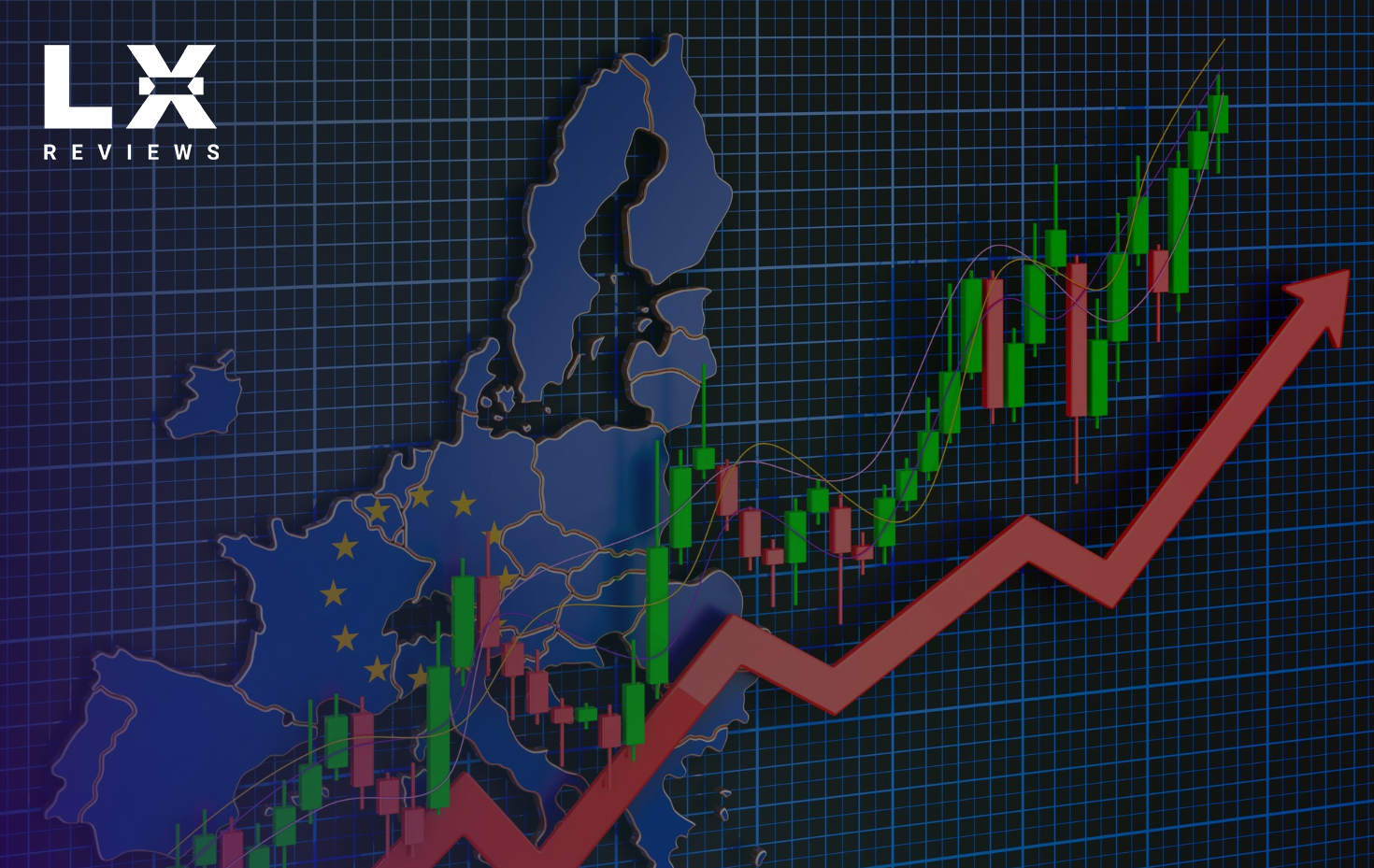Market sentiment is a very powerful force that can greatly influence the prices of securities and trading decisions. While traditional financial analysis focuses on hard factors such as the earnings of a company, revenue growth, and market position, market sentiment looks more from a psychological perspective by assessing how investors feel and, consequently, behave about an asset or the general market.
Market sentiment means a general mood or emotion operating at any moment within the financial markets. A host of factors influences this-such as economic indicators, news events, and even political developments or social media trends. The market sentiment may be an amalgamation of both optimism and pessimism, at times pushing prices upward or downward through mass investor psychology, even in cases when hard fundamentals have not changed.
In this article, we look at how market sentiment influences the prices of stocks, the effect market sentiment has on trading decisions, and how investors use the sentiments to their advantage in market movements.

What is Market Sentiment?
Market sentiment is the general attitude of investors toward a stock, sector, or the market in general. It is a representation of the overall emotions and psychology that move participants between the bullish and bearish extremes. It is usually called “the mood of the market,” and this is what drives stock prices to their movement.
Market sentiment may be swayed by rational and emotional factors in the following ways:
Rational Factors: Economic data, earnings reports, and corporate fundamentals that impact investors’ perceptions of a company or economy as a whole will affect sentiment. Positive news, such as strong earnings or economic growth, can produce a bullish sentiment, while negative news, such as poor earnings or a recession, drives sentiment into bearish territory.
Psychological Factors: Other critical drivers of investor market sentiment are emotional factors such as fear, greed, optimism, and panic. These emotional motivators can influence the participants in the market to act based on perception rather than objective analysis, which might result in volatility and swings in prices that may not always align with the fundamentals of a company.
The sentiment can then often be seen through price action in stocks and market indices themselves, sometimes even with the help of investor sentiment indicators like the Fear and Greed Index, measuring what at some moment drives the market.
How Market Sentiment Affects Stock Prices?
Market sentiment has a direct effect on investors’ buy and sell decisions. When investors turn bullish, or become optimistic, this often means high stock purchases, which cause the prices of stocks to move upwards. In times of bearish market sentiment, when attitudes are pessimistic, investors can sell their portfolios, forcing stocks to go down. The outcome of such trend reversals sometimes results in massive market fluctuations as the company’s performance remains relatively static. Therefore:
1. Volatility of Short-Term Prices
Market sentiments at times dominate the short-term fluctuations in stock prices. Something as relatable as a launching of an exciting product or a good earnings report whips investors into an optimistic frenzy, driving stock prices upward. On the other hand, any sad event-a political scandal, mediocre earnings, or economic decline-elicited wide fear and unexpected sell-offs.
Large traders often make buy and sell decisions based on market sentiment on a real-time basis, which eventually leads to intraday price fluctuations. This is particularly popular in volatility ridden markets where traders hope to make some gains from fluctuations in sentiment.
2. Herd Mentality and Overreaction
Perhaps one of the most important aspects of market sentiment is the “herd mentality” that often possesses a group of investors. When a large group of investors starts buying or selling a stock or any asset, other investors may join in without making a proper fundamental analysis of their own. The effect can be the price rapidly rising-a bubble-or falling-a crash-investors just follow the dominating sentiment, sometimes overreacting to news and events.
For instance, during market rallies, stocks can be overbought due to a state of widespread optimism, which sends prices over and above their intrinsic value. In a similar vein, during market panics, stocks may become oversold as investors, out of fear, force prices below their intrinsic value.
This is further magnified into a state of extreme market condition by herd mentality. Being able to identify and understand these periods of emotional change can be a great tool for traders in order to take advantage of price inefficiencies created by sentiment-driven movements.
3. Market Sentiment and Volatility
Market sentiment often fuels volatility. In cases where market sentiment shifts from optimism to pessimism or vice versa within a very short period, the result could be wild swings in the prices of assets and, consequently, high levels of volatility. For example, during periods of economic uncertainty or geopolitical tensions, investor sentiment can suddenly turn sour, with stock prices taking sharp nosedives as traders scramble to get out of the market.
On the other hand, volatility may soften if positive sentiments continue to dominate; in this sense, investors remain convinced of the safety of their investments, and volatility tames considerably for a well-curbed movement. Therefore, it is mostly held that the barometer for measuring volatility should be market sentiment, changes that indicate shifts in risk levels during some period or periods.

How Traders Use Market Sentiment in Their Strategies?
Understanding market sentiment dynamics can be used to one’s advantage when making decisions on trading. The study of sentiment is done with various tools and techniques that help predict the movement of stock prices more accurately.
1. Sentiment Indicators
Sentiment indicators are the tools upon which traders rely to measure the general feeling of the market. These indicators offer an insight into the emotional state of investors, enabling traders to identify potential market turning points. Some common sentiment indicators include:
The Fear and Greed Index: This is a creation of CNNMoney and actually quantifies market fear and greed through monitoring various indicators such as market volatility, momentum, and demand for safe haven assets like gold.
Put/Call Ratio: It is one of the most popular tools in options markets, reflecting a ratio of puts predicting market decline to calls predicting market rise. A high level of the put-call ratio indicates bearish sentiment, while low levels reflect bullish sentiment.
Investor Sentiment Surveys: The surveys in this category include AAII, which reflects the overall bullish or bearish attitude of individual investors. This series of data is used by traders to obtain a sense of the optimism or pessimism in the market.
News Sentiment Analysis: With the growth in popularity of social networking sites like Twitter and Reddit, online discussions are now being scraped with the help of sentiment analysis tools to gauge the general prevailing sentiment on certain stocks, sectors, or markets. Mentions, sentiment scores, and hashtags give traders an idea of the feelings of retail investors toward an asset.
2. Contrarian Trading
Contrarian traders use market sentiment for their benefit, placing bets against the prevailing mood of the market. A contrarian sees extreme readings of bullishness or bearishness in the market sentiment and takes a view that this calls for a turn in prices in the opposite direction. For example, in the case of an extreme greedy state of the market, the contrarian would short stocks by anticipating a correction; similarly, he may go long when the market is afraid due to the expected turn in sentiment.
Contrarian trading is about understanding market psychology and knowing sentiment has moved to extremes. It can be very profitable, but it does carry risk as sentiment can remain irrational for longer than a trader might expect.
3. Momentum Trading
On the other hand, momentum traders believe in the continuity of the prevailing trend. They often join market sentiment and start buying stocks on positive sentiment and sell off when market sentiment turns negative. Momentum traders normally rely on technical indicators such as moving averages and trendlines to confirm that the sentiment-driven trends are likely to continue.
That momentum can most often be used with great results in strong-sentiment scenarios; market movements then happen in an atmosphere of leading emotions. It only means that when such sentiment reaches the extreme end, a reverse also tends to appear quickly, altering stock prices accordingly. Let’s look now at some of the risks of relying on market sentiment to drive a trade.
Though of value, making a trade in complete dependence upon sentiment does come along with some attendant risks:
1. Overreacting to Short-Term News
There is a tendency of investors to overreact to short-term news events that occur momentarily in sentiment. That one tweet or headline might make the market panic or go into euphoria, forcing them to make wide price movements. Solely for short-term sentiment, this may lead to poor decisions and losses if the fundamentals behind the price action do not warrant such movements.
2. Sentiment Can Be Contradictory
Sometimes, the sentiment indicators send out confusing signals. In such cases, when one may give indications of excessive optimism, the other might hint at increasing fear in the market. Therefore, when they do provide mixed messages, for sure, a trader would have difficulty gauging market sentiment correctly and making confused decisions in trade.
3. Emotional Bias
Traders need to be cautious of emotional bias when interpreting market sentiment. While the mass emotions of market participants can create opportunities and risks, personal biases can distort a trader’s judgment. It is important to use sentiment analysis in conjunction with sound financial analysis and risk management strategies.
Conclusion:
Market sentiment indeed plays a crucial role in stock price determination and trading decisions. It fuels psychological forces that then mold investor behavior and, at times, can lead to short-term volatility, herd behavior, and even overreaction. Traders who understand how sentiment works can use it to their advantage with the help of either one, two, or all three: sentiment indicators, contrarian strategies, and momentum trading.
On the other hand, one should not rely on market sentiment only. Traders need to incorporate sentiment analysis into good fundamental and technical analysis to reach a well-informed decision. This would enable them to manipulate the maze of the market and take full advantage of the opportunities provided by the change in investor psychology.



